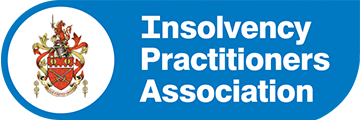What happens after the insolvency tests?
The outcome of the two insolvency tests can have a significant impact on the future direction of your company. If either test determines that the company is insolvent, you have an obligation as its director to take action to address the situation.
Once you become aware your limited company is insolvent, you should seek the advice of a licensed insolvency practitioner as a matter of urgency. An insolvency practitioner will help you understand your current position and explore the various options open to you which could restructuring the company via administration, entering into negotiations with creditors by way of a Company Voluntary Arrangement, or placing the business into voluntary liquidation if it is beyond rescue.
The insolvency tests show my company is insolvent – what now?
In many cases you will need to cease trading immediately in order to protect the interests of outstanding creditors and shield them from suffering any further losses. In other situations, however, continuing to trade may be advised if it is decided that this will increase creditor returns. This decision can only be made by a licensed insolvency practitioner; directors who trade on while knowingly insolvent without taking expert advice, open themselves up to allegations of wrongful trading.
If you believe your company is insolvent, or is in danger of soon becoming insolvent, you should make it a priority to seek the services of a licensed insolvency practitioner. At Scotland Debt Solutions, our insolvency practitioners are licensed to act in Scotland and can provide you with all the information and guidance you need to decide on a route forward. Contact our team today for immediate help and advice.





